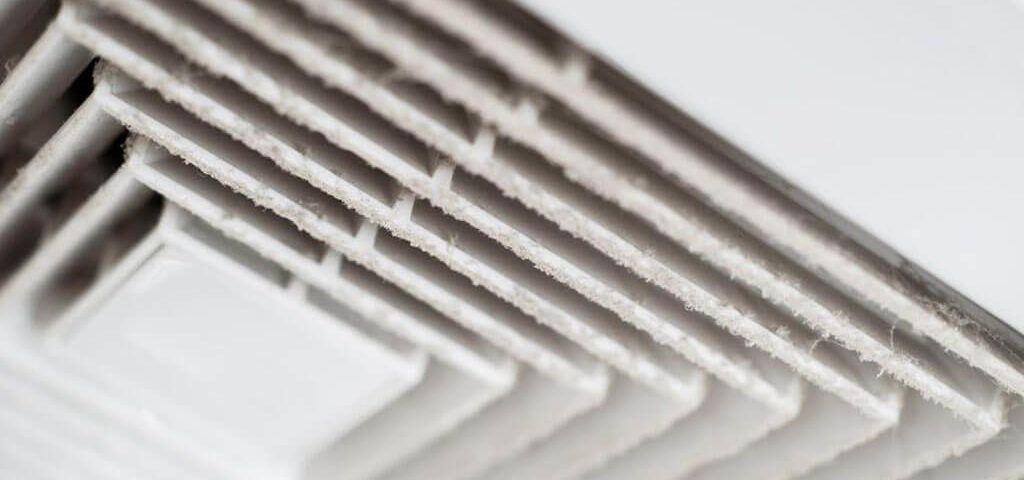An HVAC (heating, ventilation, and air conditioning) system can either prevent or encourage mold growth in your house. Moisture, food (organic materials), and the right temperature is all mold needs to thrive. Get rid of these three ingredients in your house and HVAC system to prevent mold growth. Here are a few ways in which you can do this.
Clean Regularly
Keep your house clean to reduce the accumulation of organic debris that may provide mold with food. Besides cleanliness of the general house, here are a few specific areas to zero in:
Air Ducts
A little dust in the air ducts is normal, but too much dust can encourage mold growth within the ducts. Clean your air ducts if you haven't done so in a long time. Also, clean your air ducts after a renovation project since dust tends to accumulate within the ductwork during renovations.
HVAC Unit
Clean the HVAC unit regularly to rid it of dust or debris accumulation that can feed mold. The coils, aid handles, blower motor, and every inch of the unit should be clean.
Air Intake Environment
Lastly, ensure the environment where you have the air intakes doesn’t have debris or dirt that may get into the house and encourage mold growth. Don't have garbage cans, freshly disturbed earth, or dumpsters in these locations since they provide the organic materials that mold growth requires.
Control Moisture
Once you have dealt with organic dust, turn your attention to the moisture levels in your house. Below are some measures that can help.
Minimize Indoor Moisture Production
Limit indoor activities that produce moisture; for example, you should:
● Limit the number of indoor plants
● Hang wet laundry outside
● Fix plumbing leaks
In short, limit activities and prevent damages that introduce moisture into your indoor air.
Maintain the HVAC
An HVAC system removes some moisture from your indoor air to control humidity. However, the HVAC can only control humidity if you maintain it, so clean the HVAC, tighten loose parts, and replace any damaged parts to ensure the unit runs optimally all the time.
Use a Dehumidifier
Humidity control is a secondary service for the HVAC so your system may fail to control your home's humidity perfectly. Therefore, if your home is too humid, install a dehumidifier to help with the humidity control.
Use the Right Filters
Even if your house is clean and you have controlled humidity, you may still struggle with mold growth if you don't use the right filters. Filters trap debris in the air so that the debris doesn't clog your system or contaminate your indoor air.
If you use a filter with big holes, it will let in considerable dust that will clog the unit and encourage mold growth. Opt for fine-pleated filters that will block most of the debris. Remember that fine filters need more frequent replacement because they clog up fast.
Install UV Light
Lastly, install UV (ultraviolet) light to discourage mold growth and kill any mold that is already in the HVAC system. A technician will install the UV light in the middle of the evaporator coil since this is where condensation — which mold thrives on — tends to take place the most.
Note that UV lights alone don't guarantee 100 percent protection against mold, but the lights will go a long way with prevention. Talk to your HVAC technician for advice on whether UV lights can help in your circumstances.
Always Ready Repair can help you execute the above measures and any other practical measures to control mold growth. Talk to us if you already have mold in your HVAC and you want to remove it, or if you are more interested in mold prevention.


